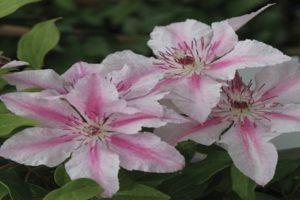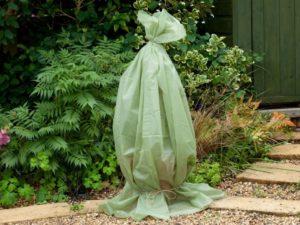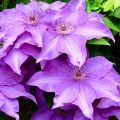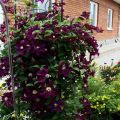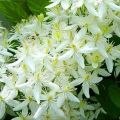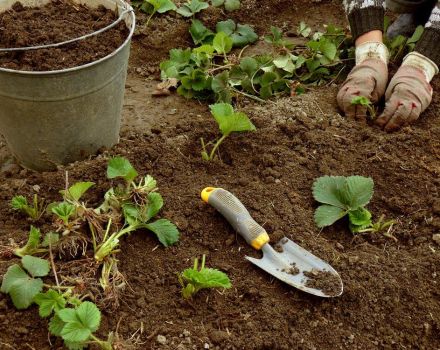Description and subtleties of growing clematis varieties Red Star
Clematis are preferred by flower growers because flowering bushes can decorate any area. Among hybrids, large-flowered clematis species like Red Star are especially popular. The flower created by Japanese breeders is successfully grown in temperate climates. But for this you need to know everything about the cultivation of clematis and about caring for it.
Description and characteristics of clematis Red Star
Perennial ornamental plants belong to the Buttercup family. It is known that clematis looks like a liana. Its branches, reaching 2 meters in height, require support. A decorative flower will curl along them with antennae, rising higher and higher.
The Red Star variety has large flowers of a light red tone with a raspberry tint. A pale pink strip is visible in the middle of each petal with wavy edges. In diameter, inflorescences can reach up to 14 centimeters. In the middle there is a bunch of filamentous stamens with red anthers.
A feature of Red Star clematis is that the inflorescences bloom twice over the summer: in May-June on last year's shoots and September on young shoots.
Main advantages and disadvantages
The advantages of growing clematis include the fact that liana-like plants:
- will become a decoration of the local area and the personal plot;
- unpretentious in care;
- easy to grow;
- have persistent immunity;
- frost-resistant.
The disadvantage of a hybrid variety will be its capriciousness to care.
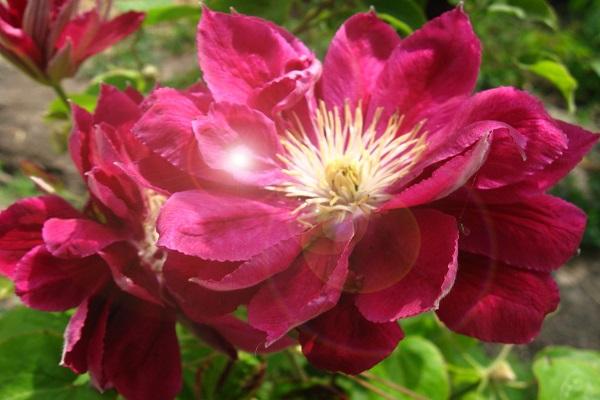
Growing features
In order for clematis to please with lush flowering, it is necessary to create suitable conditions for its growth. The culture is especially demanding on illumination and soil.
Landing dates
It is best to plant Red Star clematis in spring if flowers are planted in temperate climates. Autumn planting involves the allocation of sufficient time to adapt the seedling to new conditions. Before the onset of cold weather, the root system of the flower should get stronger. It is better to use seedlings with a closed root system when planting in autumn.
Choosing a seat for landing
A decorative perennial for lush flowering requires well-lit areas. It is important to pay attention to the protection of decorative shoots from drafts and northern winds. Places on the south or southwest side of the garden are best suited. A little shading will allow Red Star clematis to bloom all season. Here it is only necessary to monitor the illumination so that it is within 6-8 hours.

The flower is capricious in relation to the boggy area. It is impossible for groundwater to be higher than 1.5-2 meters from the earth's surface.
Suitable soils
Prefers a liana-like plant on loose and moderately nutritious soils. The soil can be classified as loam, which is good for moisture and air permeability.
The increased acidity will hinder the growth of the flower. The salinity of the site also affects the plant negatively.

Landing technology
Planting the hybrid Red Star variety begins with the preparation of planting pits. Hole sizes must be within 50 x 50 centimeters. The distance between them is 1.5 meters. A drainage layer is laid at the bottom. Next, fill the hole with a nutrient mixture from mullein, garden soil, leaf compost. The components are taken in equal amounts, mixed and filled into a third of the hole.
The seedlings of flowers are examined before planting the roots. Dry and damaged parts of the root system are subject to pruning. Before planting, the roots of clematis are soaked in the Epin growth stimulator.
At the bottom of the hole, a mound of nutritious soil is poured, placing a plant seedling in the middle. The roots are covered, and then all the free space.
After filling the hole with soil, the earth is tamped.
Remember to keep the root collar at or below ground level.
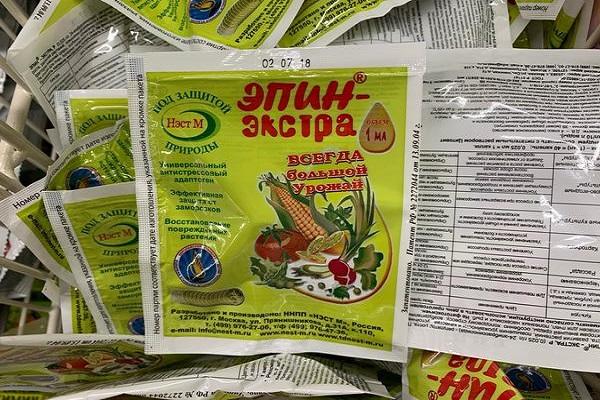
It is necessary to dig in the vertical supports for clematis immediately after planting. They are not placed next to the roof slope so that the rain does not erode the soil around the plant.
At the end of the procedure, lay mulch around the planted flowers. The layer is prepared from peat or compost.
Clematis care
The requirements for caring for Red Star hybrid plants are the same as for other varieties. All procedures are carried out in a timely manner so that clematis can delight with flowering and a pleasant aroma.

Watering and fertilizing
The flow of moisture to the roots of an ornamental crop should be regular, and it depends on weather conditions. In the heat, water in the evening every other day. Wet weather will allow you to cancel watering, which must be resumed after the topsoil dries.
Of the fertilizers, clematis respond well to mineral fertilizers. Before flowering, they are fed with phosphates and potash fertilizers. They will be replaced by wood ash. It is introduced into the soil along with watering.
Pruning
The Red Star clematis variety belongs to the 2nd pruning group. It means that:
- shorten the shoots when planting;
- slightly adjust the length in summer;
- rejuvenate after abundant flowering, removing vines older than 3 years;
- in the spring, the branches are shortened, leaving 10-12 nodes;
- in the fall, after removal from the support, the developed shoots are cut by a third.

It is necessary to cut off damaged and diseased branches during the entire growing season.
Mulching and loosening
Mulch around planted flowers helps to better retain moisture. Then the nutrient layer is embedded in the soil. Before winter, a layer of compost or humus is laid to help the crop survive the cold.
Loosening the soil in the clematis plantings should be regular. It is especially important to carry out the procedure after heavy rainfall and watering.
Wintering
In October-November, before frost, the bushes are hilled to a height of 12 centimeters. It can be sprinkled with wood ash on top to protect the plant from pathogenic fungi.

It is possible to cover clematis bushes with non-woven material in regions with severe frosts. In this case, it is better to roll the shoots into rings.
Protection from diseases and pests
Fungi and viruses infect clematis if not properly cared for. Among the common plant diseases are powdery mildew, gray rot, septoria. Most often, diseases are determined by spots on leaves and stems. Sick clematis should be sprayed with fungicidal agents, like Fundazol. A solution of copper sulfate can save flowers at the initial stage of fungal development.
Of the pests, the spider mite, aphid, most often attacks the decorative culture. Methods of dealing with them are used both folk and chemical. Insecticides will destroy pests in case of massive infestation of the Red Star perennial. At the initial stage of the lesion, spraying with a solution of onion peels, tobacco broth will help.
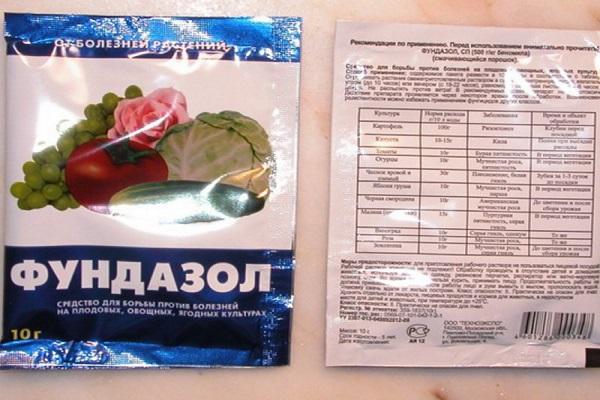
Flower reproduction methods
It is more convenient and easier to propagate the plant by dividing the bush. For this:
- In early spring, they dig up a bush, cutting off all the shoots.
- With a sharp knife, divide the rhizomes in half.
- A root with a growth bud is planted in a prepared hole, deepening the first node by 10 centimeters.
You can grow clematis by separating some of the shoots. Digging up the plant is optional. It is necessary to go deeper with a drill inward, reaching the roots. After such damage, new roots will grow faster if part of the plant is transplanted to a new place.

Clematis Red Star in Landscape Design
Liana-like crops look great on vertical supports. Therefore, they are used for landscaping gazebos, terrace walls. You can make the decoration of a flowering hedge by planting plants along a chain-link mesh.
Clematis is cozy next to bushes. They get along well with viburnum, barberry, hydrangea, complementing each other. Blooming shoots will not get lost among low conifers.
